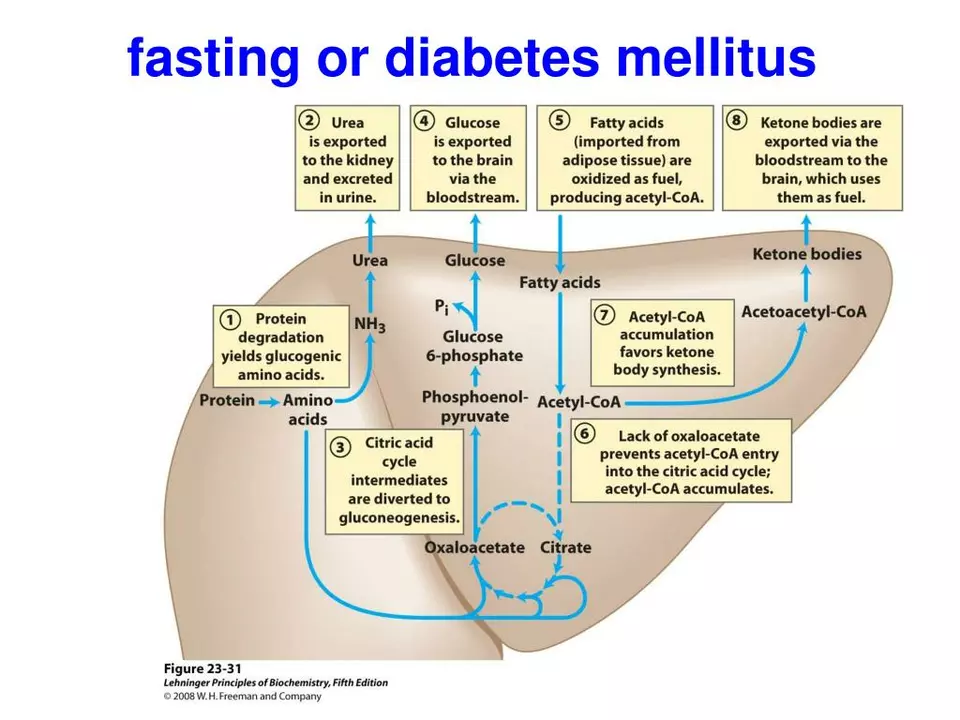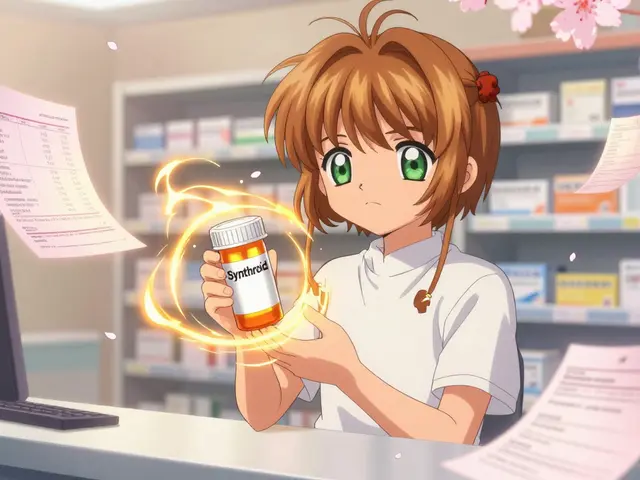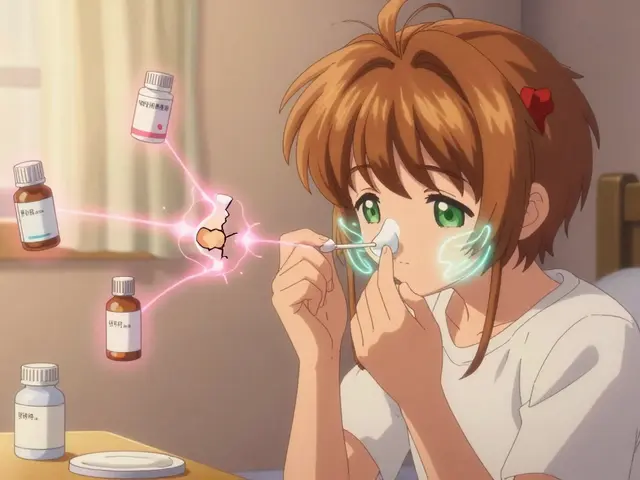Hirsutism treatment: Practical options and what actually helps
Hirsutism affects about 5–10% of women of childbearing age. If unwanted facial or body hair is driving you nuts, there are safe, effective steps you can take. Start by figuring out why it’s happening. Common causes are polycystic ovary syndrome (PCOS), certain medications, rare hormonal conditions like congenital adrenal hyperplasia, or idiopathic hirsutism with no clear cause.
See a doctor to check basic blood tests: total testosterone, free testosterone if available, DHEA-S, and sometimes 17-hydroxyprogesterone or a pelvic ultrasound. These tests help target treatment. If levels are high or you have irregular periods, PCOS is likely and treatment focuses on hormones plus lifestyle changes.
Medical treatments that reduce hair growth
Oral contraceptives are often the first-line choice. They lower androgens and slow hair growth. You’ll usually need 3–6 months to see noticeable changes. Antiandrogens like spironolactone block androgen effects at the hair follicle. Typical doses range from 50–200 mg daily. Spironolactone can cause dizziness or high potassium in some people, so your doctor may check blood tests. Never start spironolactone if you’re pregnant or not using reliable birth control—it can harm a fetus.
Finasteride or dutasteride are alternatives that reduce the hormone DHT. These can help but also require strict contraception if you can get pregnant. Eflornithine cream (Vaniqa) slows facial hair growth when applied twice daily. It won’t remove hair, but it makes shaving or plucking less frequent. Expect results in 6–8 weeks and continue use to keep benefits.
Cosmetic and procedural options
Laser hair removal and intense pulsed light (IPL) work well for many people. They target pigment in the hair and reduce regrowth. Multiple sessions—usually 6–8 spaced weeks apart—are needed. Laser is most effective on dark hair and lighter skin, though newer lasers are safer for darker skin tones. Electrolysis removes single hairs permanently but can be slow and costly. For quick fixes, shaving, waxing, and depilatory creams are fine short-term choices.
Lifestyle matters. If PCOS and insulin resistance play a role, weight loss of even 5–10% can improve hormone balance and reduce hair growth over time. Regular exercise and a lower-sugar diet help insulin and androgen levels. Avoid unproven supplements that promise miracles; ask your clinician before starting anything new.
Set realistic expectations. Hair growth cycles mean changes take months, not days. Combining treatments—like a hormonal therapy plus laser sessions—often gives the best results. Always discuss risks and contraception needs with your provider before starting antiandrogen medications.
If unwanted hair affects your mood or relationships, mention that to your clinician. Addressing hirsutism is both medical and cosmetic. With the right plan you can reduce growth and feel more confident.
Common questions: How long until hair slows? Expect 3–6 months for hormones, longer for laser. Can treatment stop hair growth completely? Often not — hormonal and cosmetic combo reduces but may not eliminate all hair. Are there risks? Antiandrogens can change blood pressure or potassium and need monitoring. Laser can cause burns if used badly; choose experienced clinics. Talk about costs and insurance — many insurers cover treatment only when medically needed, like for PCOS. Keep a treatment log with photos every 3 months to track progress.
If hair causes anxiety or depression, reach out for support. A dermatologist or endocrinologist can design a plan. Don’t try risky DIY hormone fixes—get tests and a plan today.
The Role of Spironolactone in Treating Hirsutism
As a blogger, I recently delved into the topic of spironolactone in treating hirsutism. It turns out that spironolactone is a widely used medication for treating this condition, which causes excessive hair growth in women due to hormonal imbalances. By acting as an androgen blocker, spironolactone helps to reduce hair growth and improve the physical appearance of those affected. In many cases, it's combined with other treatments such as oral contraceptives to achieve optimal results. It's truly fascinating to learn about the significant role spironolactone plays in helping women regain their confidence and overcome the challenges of hirsutism.






